As the evenings darken and night draws in, some of us are forced to spend more time at home with our families instead of out in the field. Here is a handy exercise that you can try to give you long frustrating hours on the computer and provide a good excuse to avoid contact with the rest of humanity.
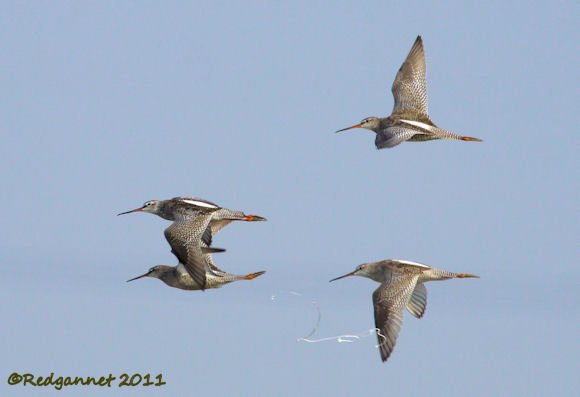
For the purposes of this post, I will assume a passing familiarity with the clone tool that comes with most picture editing software nowadays (however, if you are a first time cloner see the note at the bottom of the piece). There are purists who argue that an image produced by editing with this feature would no longer be a genuine photograph; that it has been achieved through cheating. I would agree with them if the picture were meant to deceive, but if the photographer openly declares that image editing software has been used and the retouching is to enhance the viewers’ enjoyment of the picture, then it is a perfectly legitimate exercise.
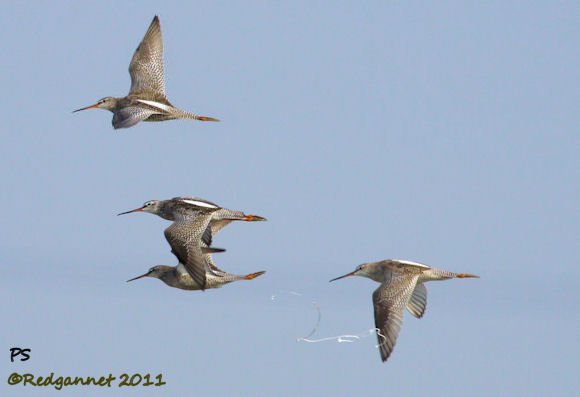
Who amongst you, and I want a show of hands here, has never used the clone tool to move objects around in pictures for a more pleasant grouping, or filled out a flock to make it more impressive? Let him cast the first stone. But please also consider that the subject of this exercise is an image gained without having to disturb a hungry bird refuelling during its migration.
Do you have a picture that is spoiled by an intruding piece of plant stem? Would the photograph be better if the whole bird was portrayed without being masked by unwanted greenery?
Take the Wood Sandpiper above as an example. A stem of plant material with a cluster of pink Apple Snail’s eggs are marring the picture by covering part of the eye. By taking half a step to the left and shooting again (below), the eye is revealed, but the stem is still a nuisance in the picture. In this instance, it was not possible to move any further to either side without bringing foreground foliage into the picture, or falling into the water.
Moving to a position where the bird could be clearly seen would have disturbed it, but by using the clone feature, we have enough to make the picture that we are trying to acheive. The clone tool captures a selected target area of pixels and repeats them where-so-ever we may wish to place them. Commonly this is done to cover unsightly blemishes within just one picture, but we are going to select the clear views from one image and transfer them to the other to create a composite picture, as below, without the unwanted stem.
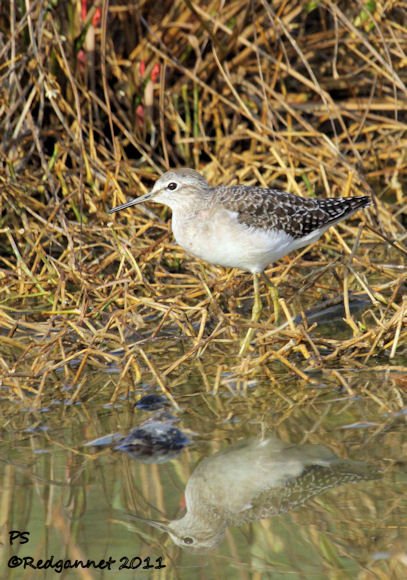
Both pictures in this post were taken with a view to making a composite picture rather than unnecessarily disturbing a bird. Who could get uppity with that?
For reasons known only to itself, my computer will not printscreen in a useable format, so out of necessity, the demos below are pictures taken of the screen and I apologise for the poor representations..
First get your images. It is important that the two images are taken from the same distance so that the subject remains the same size in each picture. Try also to get exposure as near identical as possible. You can set up a test subject and partly obscure it to make a practice piece. Take the first image then take half a step to either side for the second.
So now let’s open up our imaging software, upload our images and locate the clone tool. Enlarge the images and arrange them side by side or top to tail. Choose which one will be the donor and which will be the recipient. The recipient will form the bulk of the finished picture with the donor simply filling in the missing details. In this case the donor is above.
Select the clone tool then set the size and a point from which to start copying. This should be a spot which can be accurately pinpointed on both pictures and is close to where the action will take place. Here we will choose the catchlight in the bird’s eye. Right click on this point on the donor picture. A rubber stamp (or similar) symbol will appear and crosshairs in a circle will show exactly which point of the donor picture has been selected.
Align the second circle with the corresponding point on the recipient picture and left click. If the two points have been targeted correctly there should be no noticeable difference, because like is being copied for like. Move the circle in the recipient image and left click again. Notice that both circles move in relation to each other in each image. Left click on the intrusive stem in the recipient image and it will be masked by the cloned pixels from the donor image which should fit very neatly into place.
Follow the stem up, paying particular attention to the point where it crosses the outline of the subject bird. The stem should be replaced by its missing detail at each click and gradually, stem becomes bird.
Keep your finger away from the right click button at this time as any click here will reset the cloning point and make it difficult to realign. Completely remove the stem and other intrusions before right-clicking to reset. Continue until you have transferred all the pixels from the donor that you need. Now you may discard the donor and concentrate on tidying up the recipient which will make the final image.
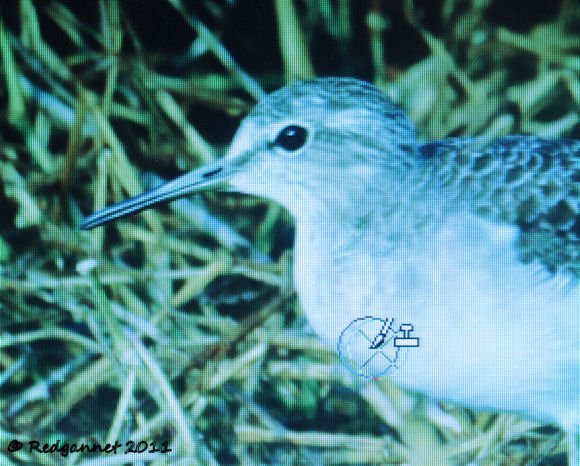
The stem continues above and below the bird and it is worth removing it altogether to avoid the appearance that a stem is growing out of the bird’s head. With such a disrupted background, it is easy to clone over the part of the stem that protrudes beyond the bird. Here, just to show how well it blends, I have cloned the top left corner to cover the stem.
Enlarge the clone circle slightly and right-click to set a new copying point. You are now copying parts of the picture onto itself to improve the look of the replaced pixels. Select a point close to any unnatural looking areas and clone to give the final picture a natural look.
Voila! The bird can continue to feed without being disturbed and we have the picture that we were angling for. Please acknowledge that editing software has been used either in the accompanying text or by including a small indicator on the picture. I use ‘PS’ with the copyright signature to show that I have mucked about more than simply cropping or adjusting the brightness.
A point to remember is that if a bird has a reflection, this can be cleaned up too. In fact if you neglect to do this, it may spoil the natural look of the finished product. For those who adhere to the holistic approach and who would prefer to keep the snail’s eggs on the stem, why not just move it to the side?
If you are a first time cloner and would like to see another post dealing with the tool in its more basic form, please let me know so that I can pitch any further photo-shop posts (other image editing software is available) at the appropriate level.
If image editing is a subject about which you wish to know more, perhaps The Management can be persuaded to introduce a section where we can discuss it.

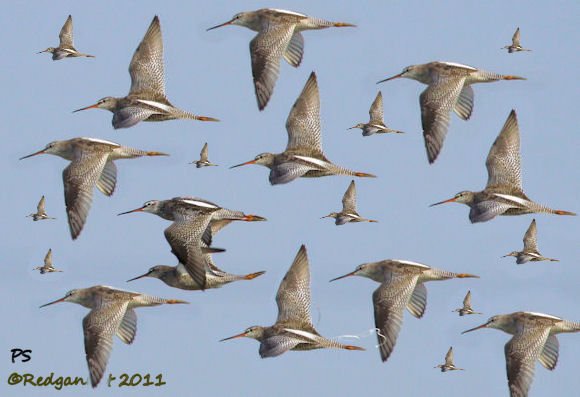
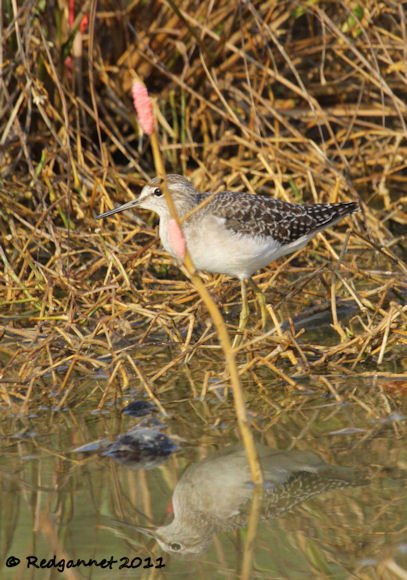
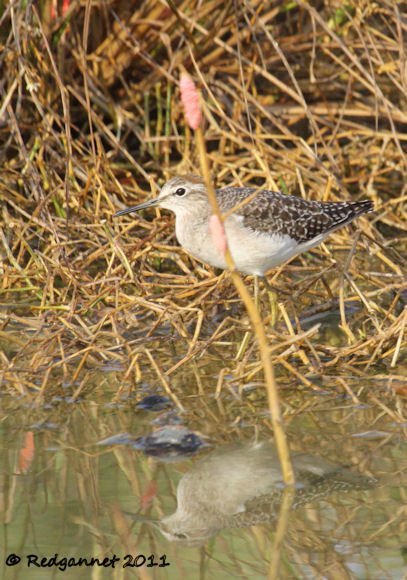
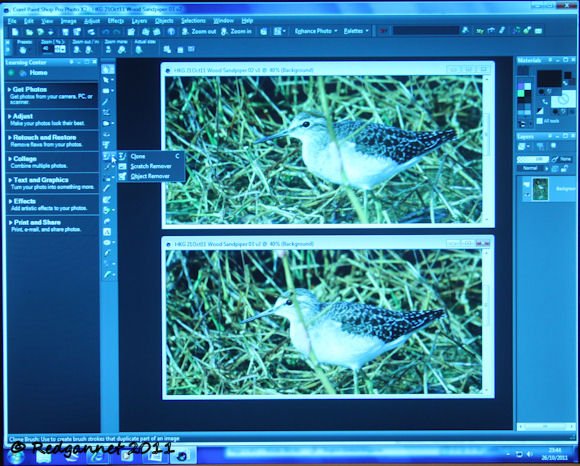
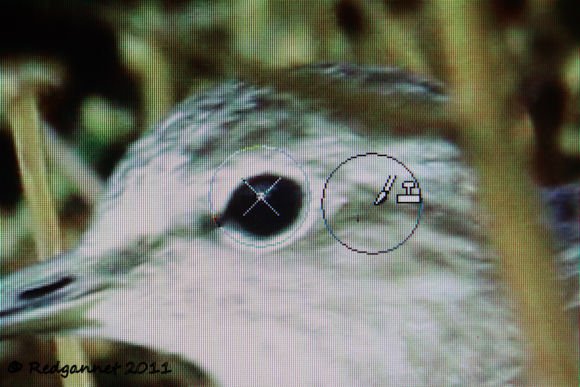
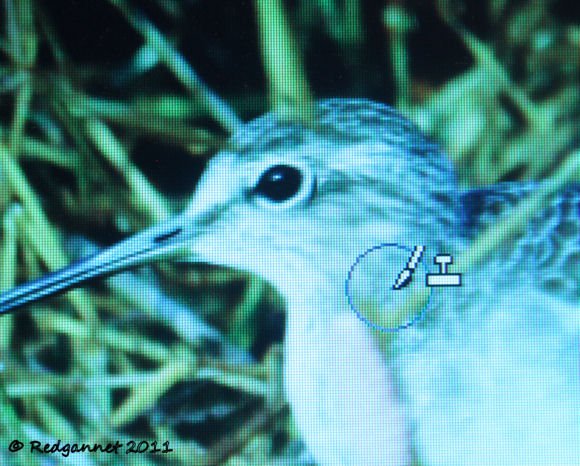
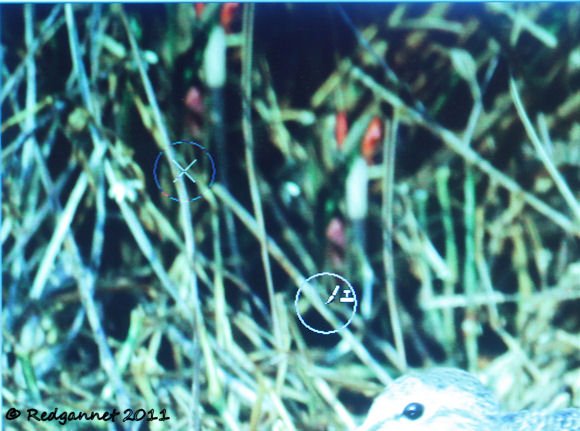
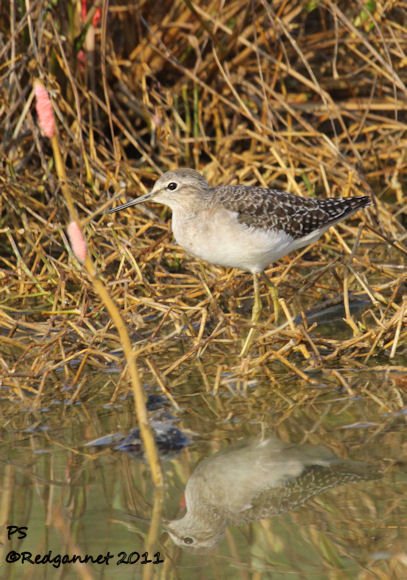










That was a great! I’ve never considered doing that before. Keep these types of posts coming please.
Redgannet, Fantastic tutorial for the clone tool. The Wood Sandpiper turned out beautifully. Thanks for the share!
I would like another post! This is pretty cool and I would like to learn more!
I’d vote for more articles like this. For all it’s worth I also found the content-aware fill tool in PS CS5 instead of the clone tool useful for such tasks.
Photoshopping brings up a whole different can of worms. When is it ethical, when not? Adding a note to the photo does not tell us to what degree it was changed. Does adding a small hightlight to the dark void of a bird’s eye constitute deception? What about cloning a captive bird into a wild setting? Or making a skillful pastiche put together from different birds? Would my opinion about a photograph, and the photographer, change if I knew the extent of photoshopping? Probably yes.